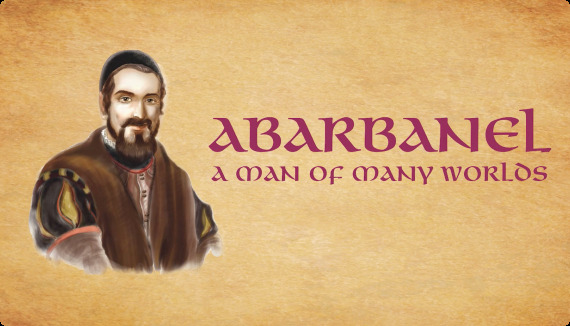In the Orthodox Jewish world today there are a number of unfortunate struggles over dynastic successions. Some are in the Chasidic world - especially when a rebbe passes away leaving no son to succeed him. Others are in the yeshiva world, where competing members of the former rosh yeshiva's family each feel entitled to assume the role of leadership in the yeshiva. That these struggles bring very little honor to the institution or dynasty involved goes without saying. Unfortunately, when the struggle reaches the domain of the masses, violent behavior occurs. Yet, Jewish history teaches us that disputes over succession are almost inevitable in such circumstances. And the usual "resolution" of the matter is that the institution or dynasty splits into two and a new institution and dynasty is formed. As economically inefficient and socially divisive as this "solution" is, it is often the only way out of a morass that can otherwise eventually lead to greater violence and permanent discord. The explosion in the numbers of different sects and dynasties in the Chasidic world in the nineteenth century was a direct result of contested successions, either when a rebbe died without sons or had too many sons. Thus, many of the great Chasidic dynastic groups have many offshoots, branches and sub-branches, all claiming to be legitimate heirs to the dynasty involved.
For the first century of the Chasidic movement, many of the rebbes were chosen in a democratic, meritocracy-driven fashion by the Chasidim of the group itself. Thus, some great but unlikely rebbes appeared and on the whole were quite successful. There even was a woman who served as a rebbe. The most noted unlikely rebbe, in my opinion, was the great Rabbi Simcha Bunim of Pshischa. In the 1840's he was a licensed pharmacist - some say that he was the only Jewish licensed pharmacist in Polish Russia - as well as formerly being a merchant and customs agent in Danzig. He wore Western style "short" clothing, knew a number of European languages, had attended concerts and the theater and was an accomplished bridge player. In today's Chasidic society, none of these attributes would be considered necessary or desired for the position of rebbe. Nevertheless, he was one of the most dynamic and successful leaders of Chasidic Jewry in the nineteenth century. From the 1860's onwards Chasidus has become exclusively dynastic, and when no clear successor is available in the dynasty, then disputes, splits and sometimes violence occurs.
Dynastic succession in the yeshiva world is also a product of nineteenth century Eastern European Jewish life. Originally, this was seen as a way to mitigate any struggles over the leadership of the yeshiva. In practice however, it did not always turn out to be that way, especially when the contesting parties for the leadership of the institution each had legitimate family credentials. Usually the matter ended up in a rabbinical court for decision, though often one of the parties involved, dissatisfied with the compromise that the court offered - which was almost invariably a compromise instead of a clear up or down decision - simply left the yeshiva and began his own institution. The most famous case of dynastic succession occurred regarding the leadership of the yeshiva in Volozhin where the contestants were Rabbi Naftali Zvi Yehuda Berlin (Netziv) and Rabbi Yosef Dov Soloveitchik (Beis HaLevi.) The court then decided basically in favor of Rabbi Berlin and Rabbi Soloveitchik left Volozhin to become the rabbi of Slutzk and later of Brisk. Rabbi Soloveitchik's son, Chaim, eventually married the granddaughter of Rabbi Berlin and became one of the leading heads of Volozhin yeshiva. Not in all instances, did these matters end as smoothly.
The Torah itself provides for dynastic succession in the offices of king and the High Priest. However, the Torah provides that the son succeeding his father be worthy of occupying the office. Sometimes, this also became difficult to define or enforce. The prime example in Jewish history deals with a descendant of Shimon Hatzadik (c.330 BCE) called Chonyo. He was not chosen to be the High Priest in Jerusalem, the Sanhedrin opting for a younger brother of his to fill the post. Chonyo thereupon moved to Alexandria in Egypt, built there a replica of the Temple in Jerusalem and served as the High Priest there. That Temple stood for many generations and his descendants served as bogus High Priests in a bogus Temple. None of this may make for pleasant reading, but it should inform us not to be too surprised when such unfortunate incidents and disputes occur. Let us nevertheless always hope and pray for harmony and peace to reign amongst our ranks.
Shabat shalom.
Rabbi Berel Wein



